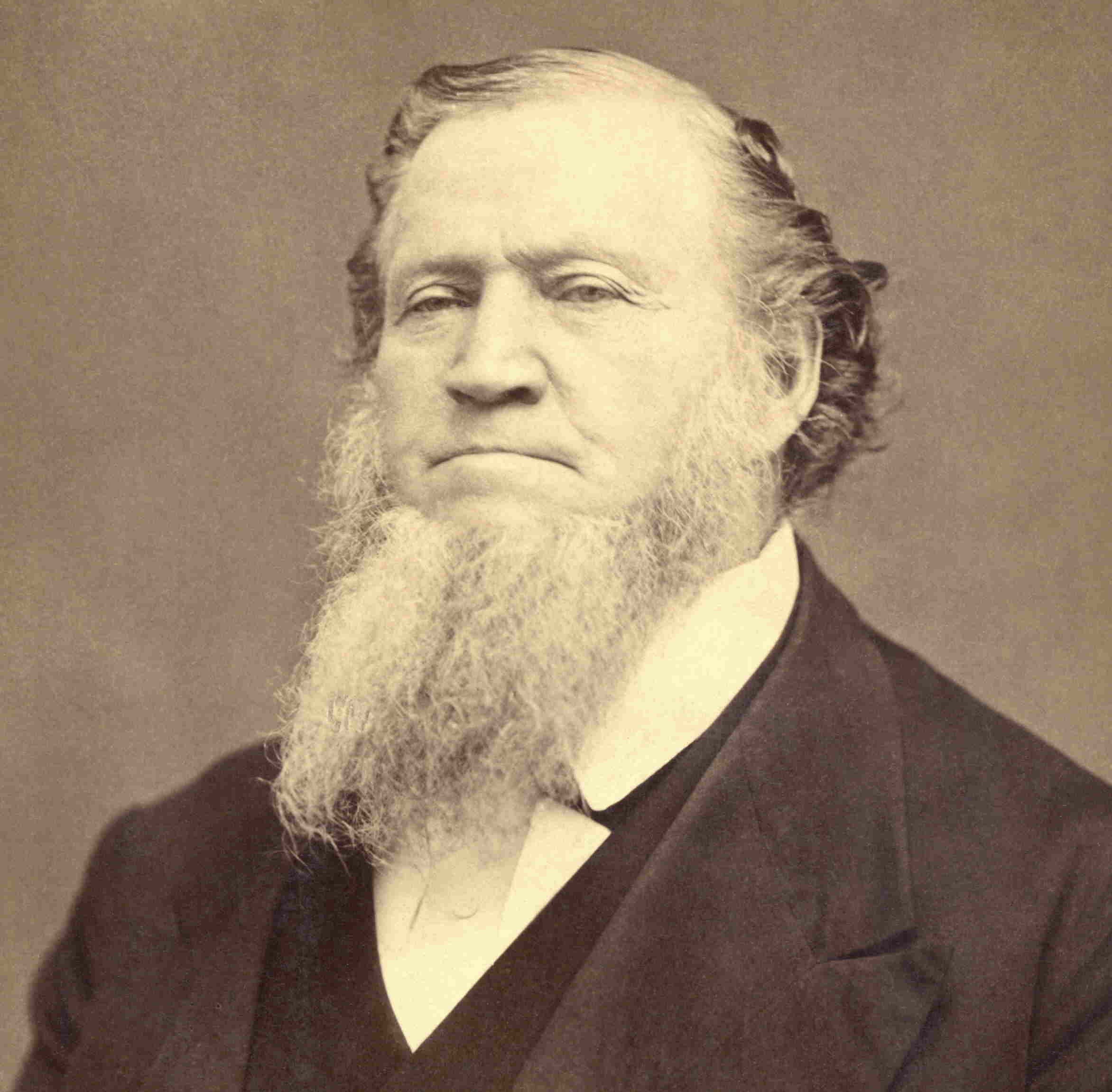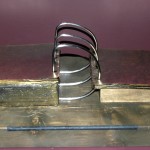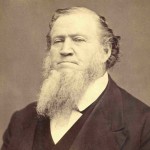(A video form of this post can also be found here).
The Problem of False Revelation
Though a relatively young religious movement, the Mormon faith has experienced an extensive amount of revision since its founding in the 1820s to 1840s by Joseph Smith. A number of controversial doctrines were taught by earlier leaders in the movement–especially by Brigham Young–including things like polygamy, blood atonement, and a denial of interracial marriage. Throughout the years, many of these teachings have been officially rejected by the church. The problem, however, with simply ignoring these doctrines as mistaken notions of the past, is that they were taught by prophets, and often within the context of having received supposed direct revelation from God.
One can point to ideas which are problematic in the founders of nearly any movement. Martin Luther’s writings on the Jews have been disregarded by the majority of Lutherans, and John Calvin’s views on the death penalty as a proper response to heresy have been rejected by many Reformed Christians. However, none of these other religious figures were claiming that they taught such things by any divinely revealed prophetic authority, but instead through their interpretations of Sacred Scripture. They did not set themselves up as prophets to be obeyed as the very mouthpiece of God, but instead as sinners pointing people back to God’s revelation in sacred writ. Such cannot be said of the prophets of the LDS church.
Claims of being a messenger of God are common in the history of the world, and God himself has established a simple test to examine those individual claims. The Old Testament presents a test for the people of Israel in order to determine whether or not a prophet is true or false. The text states:
But the prophet who presumes to speak a word in my name that I have not commanded him to speak, or who speaks in the name of other gods, that same prophet shall die.’ 21 And if you say in your heart, ‘How may we know the word that the Lord has not spoken?’— 22 when a prophet speaks in the name of the Lord, if the word does not come to pass or come true, that is a word that the Lord has not spoken; the prophet has spoken it presumptuously. You need not be afraid of him. – Deuteronomy 18:20-22
A false prophet is one who falsely claims that something was taught by direct revelation. The punishment for presenting false information is death. There is no place, Scripturally, for any category of a prophet who is fallible in his proclamation. This is not to say that prophets can never be wrong in any area. I am sure that Jeremiah might have made a mistake if someone presented him with a complex math problem. However, what is not possible is for a true prophet to claim that something had come directly from God, but offer a false prophecy. This leads us, then, to consider a teaching of Brigham Young often referred to as the “Adam-God” doctrine. If he is wrong in promoting this idea, which he claimed to know by revelation, this should cause one to question his status as a prophet.
Defining Adam-God

Young taught that Adam had lived a mortal life previous to the Scriptural account with his wife Eve. Through obedience, they both achieved exaltation unto godhood. Adam, as a god, received the title “Ancient of Days,” and he also is identical with the archangel Michael. Adam is known as the creator, though he is only one among many in the council of gods. With Eve, Adam gave birth to children including Lucifer and Jesus. Adam also fathered (perhaps through Eve or other wives, since it appears to be the assumption that he also was polygamous) the spirits which would become those who populate the earth. Out of a desire to give physical bodies to their spirit children, Adam and Eve entered the earth as the Biblical figures described in Genesis 1-3. They then became the parents of the physical bodies of the human race, becoming then both spiritual and physical progenitors of humanity. Physical bodies are a necessary step in achieving exaltation to godhood, and thus this is the motivation behind the actions of Michael/Adam in giving birth to physical children. After his time on the earth, Adam then ascended into heaven, and is identical with the God of Israel, forming a three-person godhead with his son Jesus and the Holy Spirit.
The modern LDS church has repeatedly condemned the idea of Adam-God in recent years. Spencer Kimball officially repudiated the idea in 1976 as false doctrine. Bruce McConkie, in Mormon Doctrine, similarly writes against the idea, and contends that Young’s statements do not actually support such a teaching when viewed in “gospel perspective” (Mormon Doctrine, 18). The current Wikipedia article on Adam-God also contains the sentence: ” The claim that the doctrine was taught by Young relies on a particular interpretation of a few quotes and is not supported by the full body of his teachings and writings” (read it here). However, the claim that the Adam-God teaching is merely a misinterpretation of Young’s writings is extremely difficult to substantiate. The theme is a rather prevalent one in Young, as anyone will observe who does careful reading of his sermons and other writings (such as in this volume). BYU professor Robert Millet acknowledges that Adam-God teaching covers roughly 15% of Brigham Young’s writing on the godhead (Listen here).
It is thus widely acknowledged today that Adam-God was indeed a teaching of Brigham Young. Such might not be a major issue, had he simply framed these ideas in the context of private speculation. However, even the Mormon apologetic organization FairMormon acknowledges that Young “claimed to have received these beliefs by revelation” (Link here). Young taught Adam-God at general conference, under his authority as a prophet, and even included elements of this teaching in the endowment ceremony. He also stated that these ideas came directly from Joseph Smith, though that has not been proven. What is clear in all of this is that there is a divergence between Brigham Young and the LDS church, which both claim to have a position on this issue given by divine authority. They cannot both be right.
Conclusion
This discussion leads to basically three possibilities:
- Brigham Young taught falsely on this issue, and the modern LDS church is correct. This is the position of FairMormon and other apologetics organizations within Mormonism. However, this then leads to the necessary conclusion that Brigham Young does not actually comport with the Biblical qualifications of a prophet. If this is the case, then his calling is invalidated along with the rest of the LDS church.
- Brigham Young taught correctly, and the modern LDS church is wrong. This is the position of Mormon fundamentalist groups who reject the many changes in Mormon doctrine which have occurred over the years since its founding. While this leads to a number of other issues, one can at least admire the consistency here in holding to Young’s teachings.
- Brigham Young is a fraud, and so is the LDS church. In view of the mounting evidence against Mormonism, and Smith, it is the most logical conclusion that these ideas have been fraudulent from the beginning, and that the claims of both Young and modern prophets are just that: claims. They are not divinely revealed messages from God.











